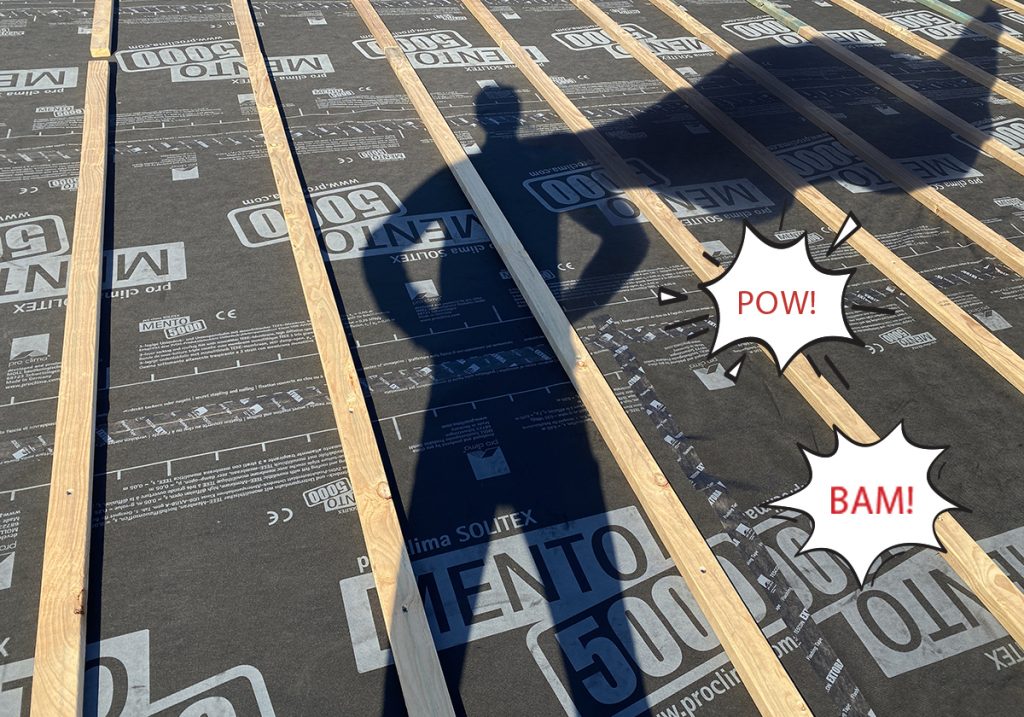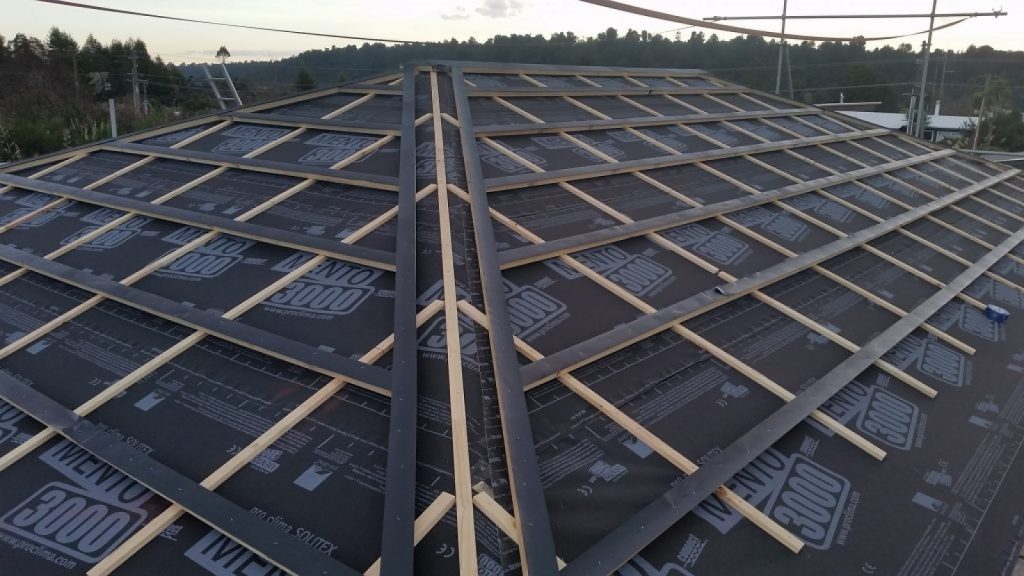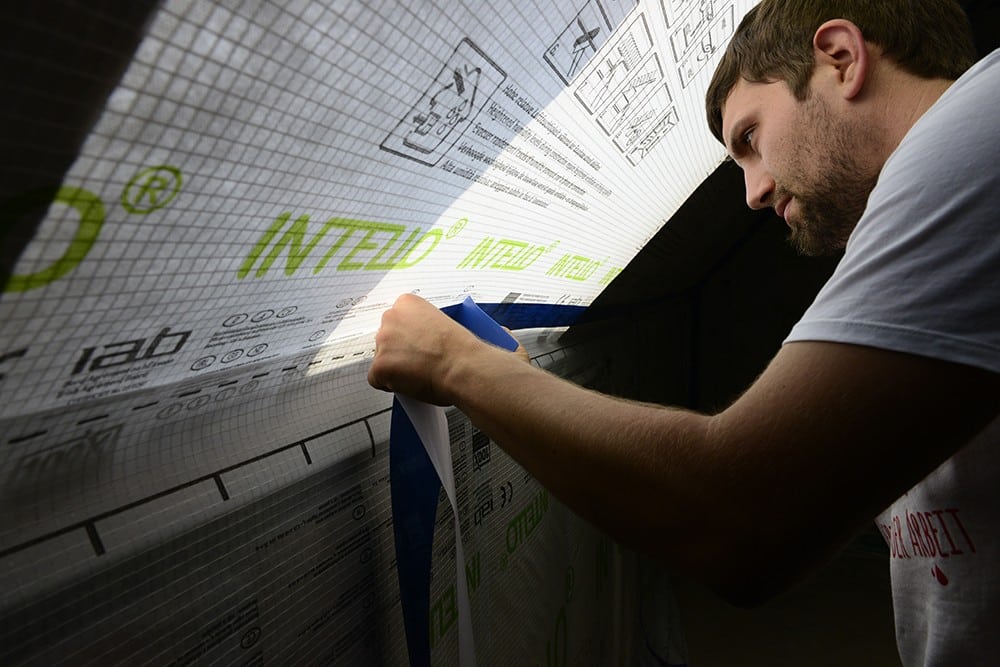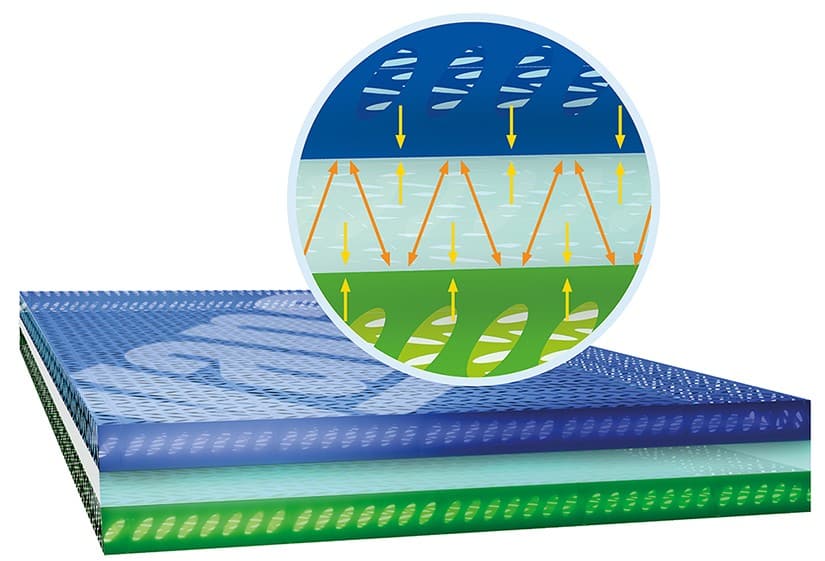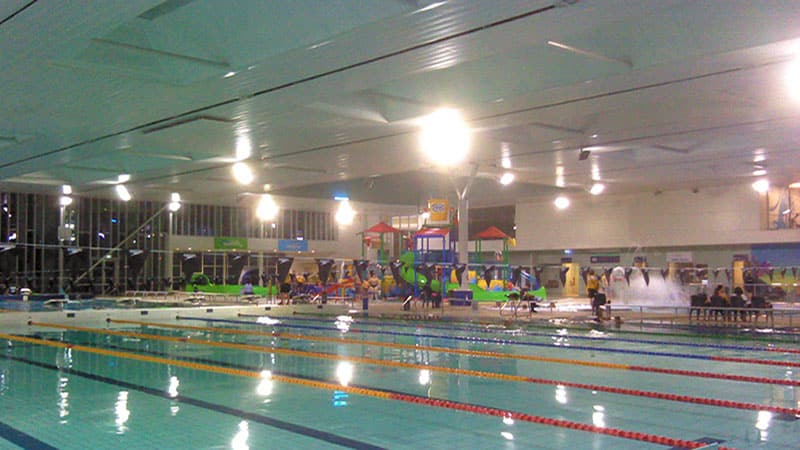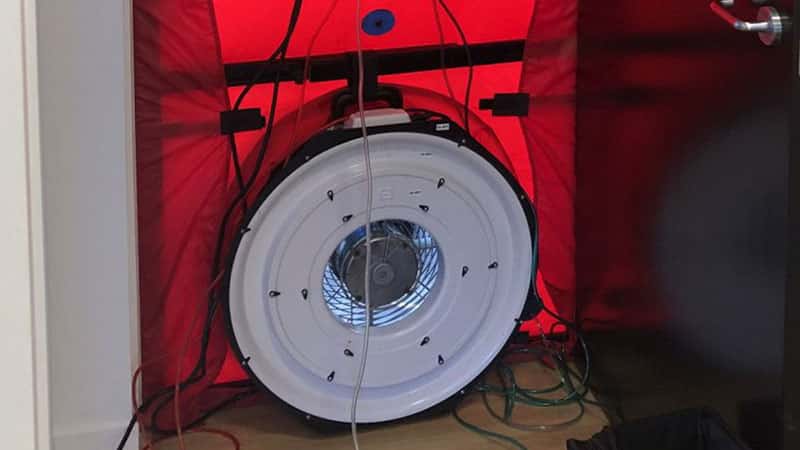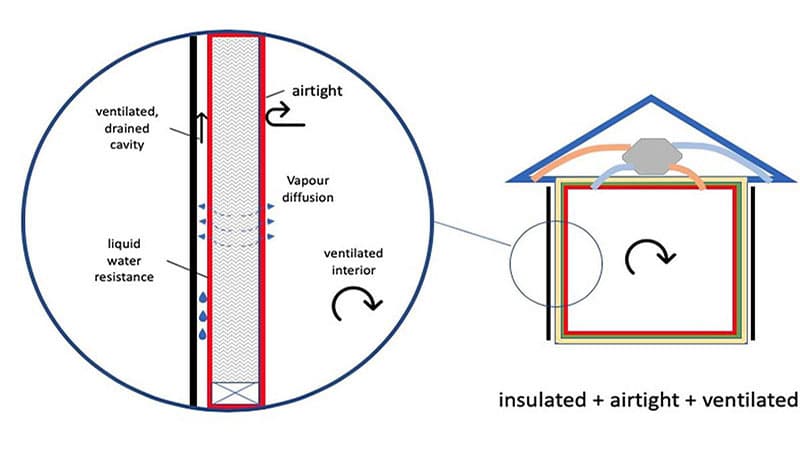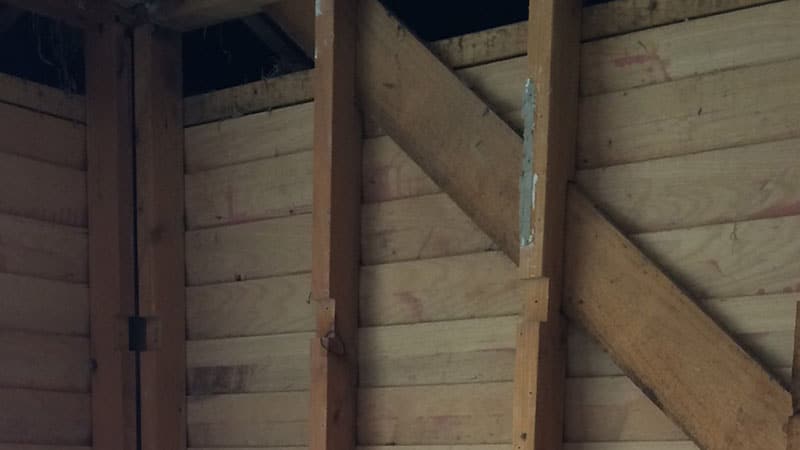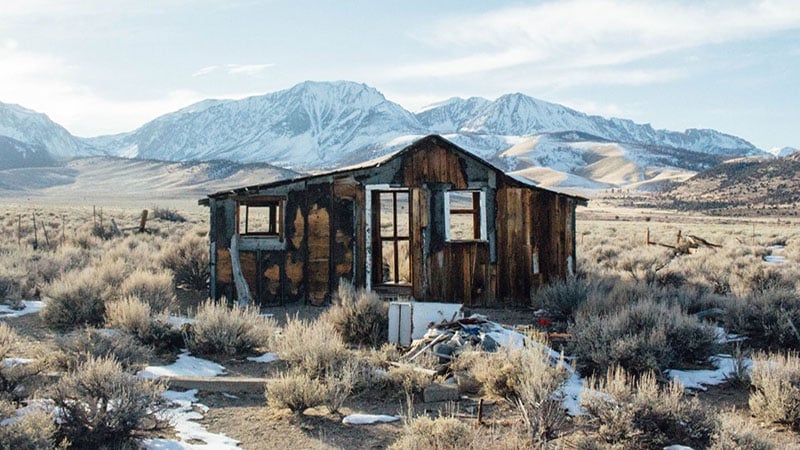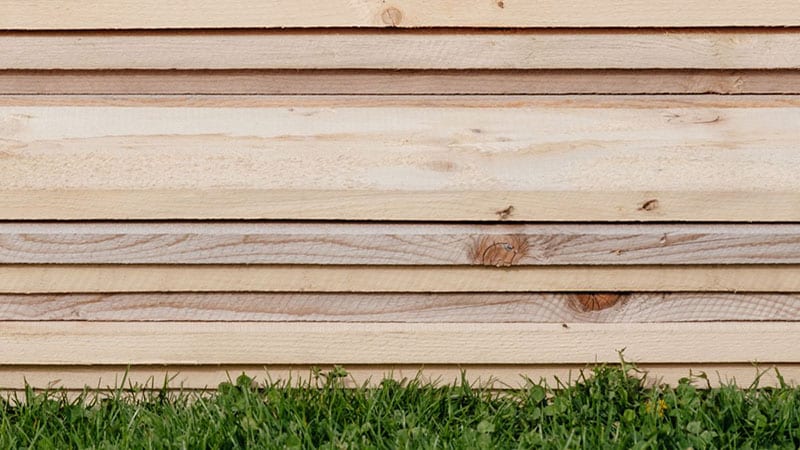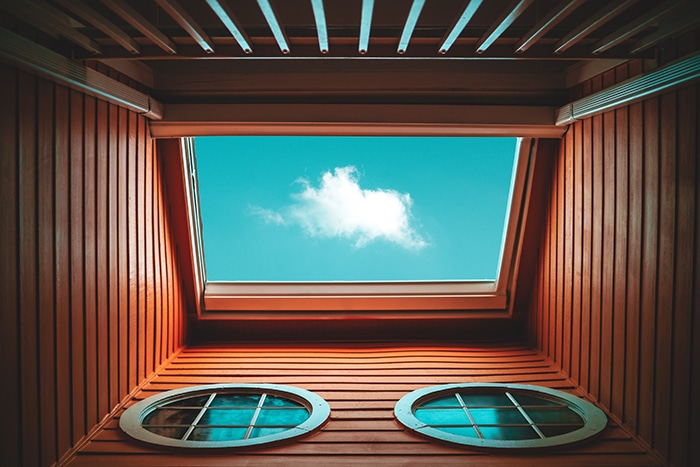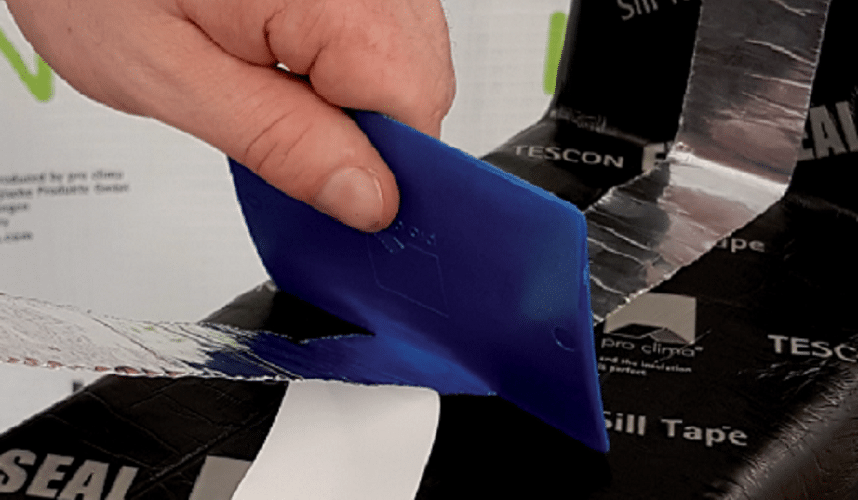Technical Articles
Drier Education: An Insight into the MOE’s Weathertightness Design Requirements for School Buildings
In this article we look at some of the elements included from Version 3.0 onwards of the…
Energy efficiency is essential. But can we afford it?
H1 Provides for the efficient use of energy and sets physical conditions for energy performance. Are the…
Above Sheathing Ventilation – Part 3: Fighting the Sun
Summer brings another set of challenges, but ASV is ready to take on the fierce forces of…
Above Sheathing Ventilation – Part 2: The Blue Planet
We are wet beings living on a wet planet, but we want our buildings to be as…
Thermoplastic Elastomer Ether Esters: What are they, how do they work?
Exterior membranes for roofs and walls by pro clima incorporate a monolithic Thermoplastic Elastomer Ether Ester (TEEE)…
Constructing School Roofs the Right Way
The Ministry of Education's updated guidelines on Weathertightness Design Requirements for New School Buildings outline new changes…
Building Science Soup
Building science terminology varies between all countries, even those where the specialisation is just emerging among the…
Above Sheathing Ventilation – Part 1: Rise of the Cavity
If Above Sheathing Ventilation (ASV) is the super hero of roofs that work, then how and why…
Adhesive Tapes – Part 2: Surface Tension, Testing and Durability
Presently, adhesive tapes are not regulated by standards in New Zealand and there are no uniform minimum…
Adhesive Tapes – Part 1: Types of Adhesive and How They Stick
Adhesive tapes are used as bonding aids in a wide range of applications in the creation of…
When Air Leaks Become a Critical Failure Risk: Aquatic Centres
The new aquatic centre was the pride of the council — a shimmering new facility that was…
Specifying for Airtightness and Testing
The goal of the guide specification is simple. Help you define what you want (a demonstrated level…
‘Airtight’ vs ‘Breathable: What’s it all about?
This month we look at 'airtight' vs 'breathable' building. Is it possible to achieve both within the…
Designing for Steam in Modern Buildings
We pipe water inside buildings, so what happens when we turn it into steam?
Fire Testing for Temporary Wall Cladding
A look at how a peel and stick weathertightness membrane performs in a fire when used as…
Renovating and Insulating Masonry Walls
Why strapping and lining masonry walls on the inside is not a good idea, not for renovation,…
Adding Insulation and Wall Underlay to Existing Walls
How can we safely add insulation to existing walls without risking trapped moisture and compromising durability? Whether…
Renovation Opportunity and R-Values
In this article, I’m tackling real-estate adverts, renovation by paint, and discussing one area of cost for…
Achieving Winter Warmth in New Zealand Homes
Common themes with comfortable high performance houses are insulation, airtightness, ventilation and heating. Escaping the winter cold…
Water Resistant vs. Watertight
Protecting structure from moisture before, during and after construction is a code minimum requirement of B2 durability.
Risk versus Reward in Building Design
How do I get my design to meet expectations of comfort? I was a gymnast, a National…
Where Does the Airtightness Layer Go?
Getting layering right in New Zealand buildings for summer and winter. Following on from the previous article,…
Triple Connected Windows – Part 2
It is very important that all aspects of the window are taken into consideration; frame system, double…
Improving Thermal Performance with Triple Connected Windows
How to ensure standard thermally-broken windows are positioned to succeed.
Compatibility and Adhesion of Wet Seals and Sill Tapes
UPDATE 2024: While there are still relevant points in this article, the foil taping described is no…




